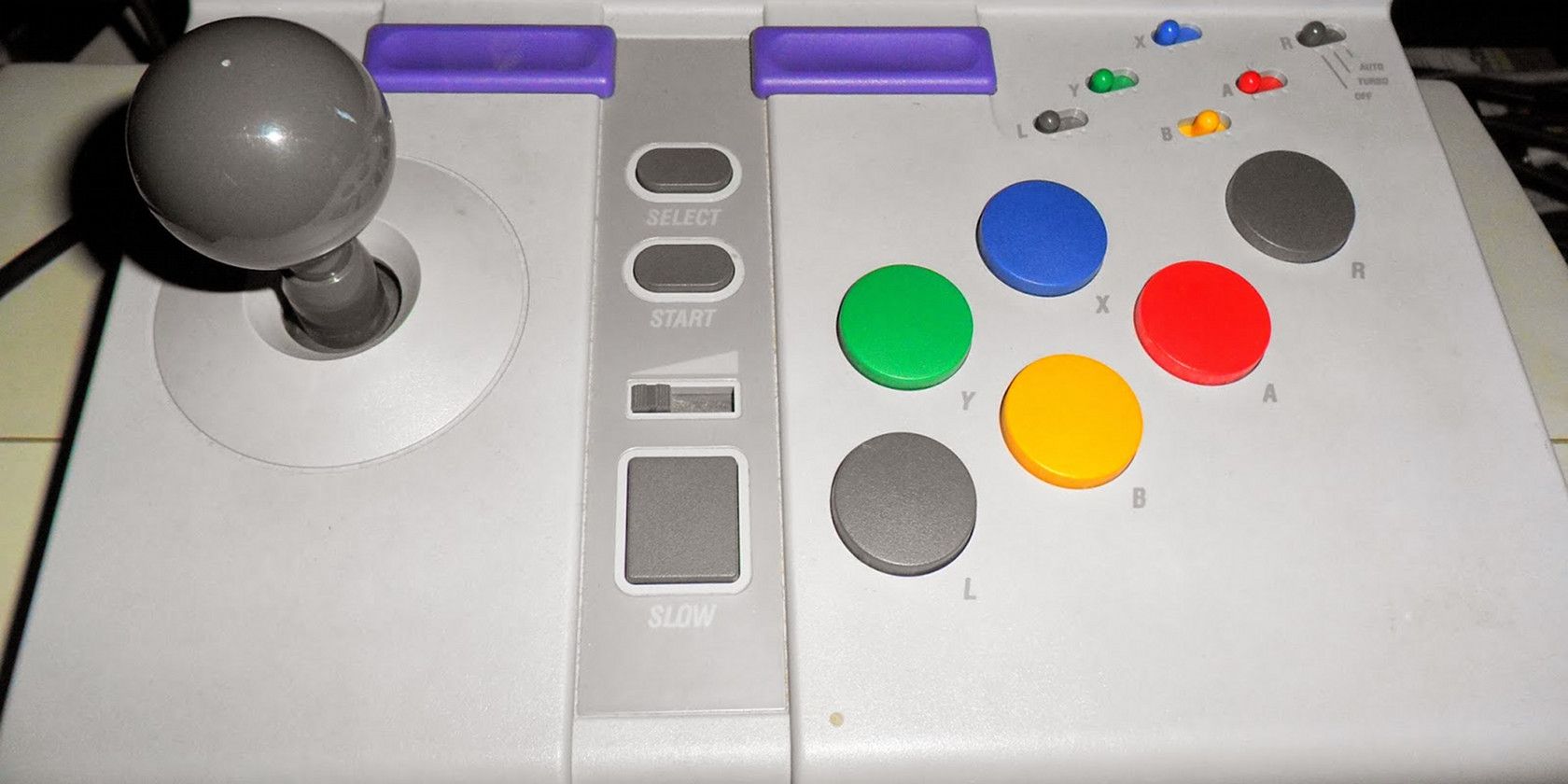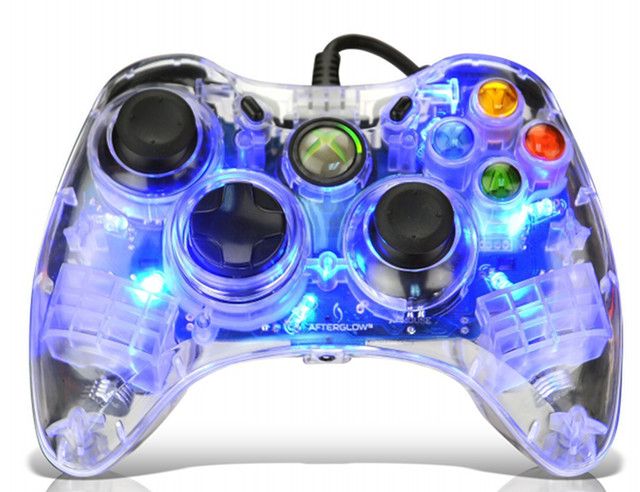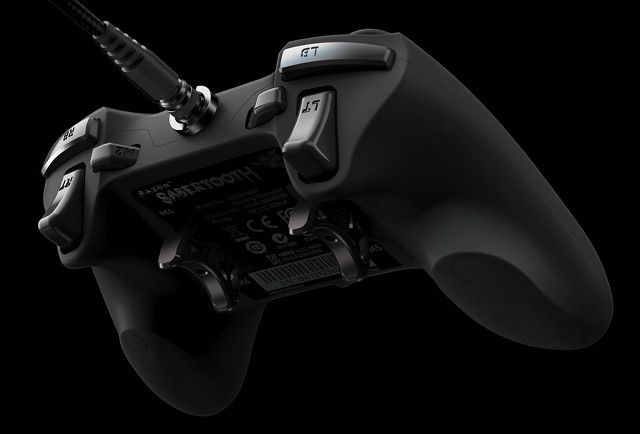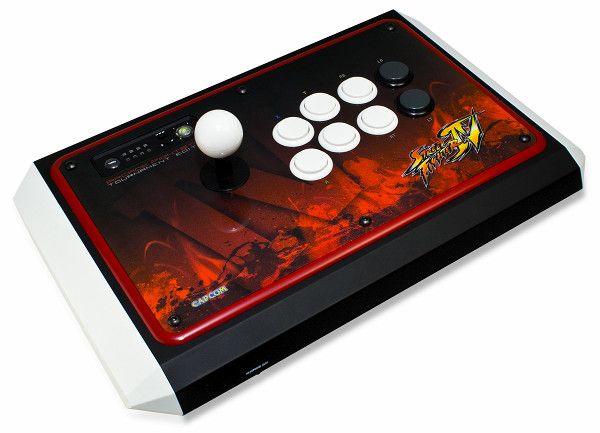My bedroom has everything needed for a night of fun; a SNES, N64 and Genesis, all hooked up to a 720p television. Yes, it’s just about perfect; except for the controllers. They’re uncomfortable, unreliable and suffer from short cords. No wonder aftermarket controllers were so popular!
Today, however, the major consoles ship with excellent controllers. The Xbox 360’s gamepad has become the standard for both PC and console games, but the PlayStation 3's gamepad isn’t much worse, and both next-gen consoles improve on their predecessors. Does that mean aftermarket controllers are worthless, or is there still a reason to buy them?
Aftermarket Clones; The Worst Of All Worlds
There are a few kinds of aftermarket controllers on the market. We’ll start with those that I consider the worst; clones.
Clones are third-party controls that essentially mimic the first-party gamepad. They come in many variations from well-known brands and also brands that you’ve never heard of. The main reason to buy them, by and large, is the price; they’re usually cheap.
This can make them attractive if your wallet is a bit light. A first-party Xbox 360 wireless controller will usually run you about $40 online ,or $50 in-store, while alternatives from Afterglow and Rock Candy are $30 or less. There are even some basic PlayStation 3 aftermarket controllers that sell for just $20. That seems like a steal!
Most of the third-party controllers are wired, however, which means they’re actually not cheaper than an official replacement (a wired Xbox 360 controller is $30). Throw in questionable build quality and poor customer service, and you've got the makings of a raw deal. If you just want a standard controller, you should go with the official hardware.
Enhanced Controllers; Don’t Fall For Gimmicks
In the next tier of controllers we have what I call “enhanced controllers,” but really don’t have a commonly accepted name. These are gamepads that look very much like the original, but add some extra featured that are supposed to make them better. They’re the spiritual successor to old SNES gamepads with a Turbo button.
The Razer Sabertooth Elite for the Xbox 360 is a good example. While it looks like a regular gamepad, it adds features like backlit controls, extra function buttons, and a detachable cable for ease of storage and travel. All of these are nice, but they raise the MSRP to $80.
Whether the goodies are worthwhile will depend on how you play but, in general, I find the answer to be no. To again use the Sabertooth as an example; the added function buttons are a good idea, but finding a use for them is difficult. They don’t actually perform separate functions, but are simply alternative locations for existing ones.
Others, like the Air Flo controller for PlayStation 3, add weird features – namely fans that “keep your palms cool” – without inflating the price. But often the gimmick comes alongside baggage, like lack of support for certain features. In the Air Flo’s case, SIXAXIS is not included, and the PS3 button won’t turn the console on.
Ultimately, these are devices that fill a very specific niche. They can improve on the design of the official controller, but that’s not guaranteed, and the enhancements are usually gimmicks rather than game-changing extras.
Genre Specific Controllers; Where The Aftermarket Gets Good
The better quality of today’s first-party controllers has seriously cut into the market for third-party solutions, but a gamepad isn’t the best choice for every game. Niche genres are where aftermarket controllers really come into their own.
Fighting games are the perfect example. Gamepads are okay, but for serious players nothing beats a big, beefy arcade-style unit with a joystick and fat buttons that can take repeated hammering. The famed limit-edition Street Fighter controller is a great (albeit expensive) example, but there are also options like the Mad Catz Street Fighter which fill a similar role at a much lower price. Fans of the racing genre also frequently turn to the aftermarket to get their kicks, and are served by a wide variety of wheels from Logitech, Thrustmaster and Mad Catz.
While genre first-party controllers are sometimes available, like the Xbox 360 racing wheel sold several years ago, the first-party and aftermarket typically switch roles in this category. The official hardware is cheap and low-quality, built to give gamers an entry-level option, while aftermarket fighting sticks and wheels are very expensive, but also much more enjoyable to use.
Aftermarket Controllers Aren’t What They Used To Be…
Early aftermarket controllers were great because of the features they added. The famed Turbo button repeatedly activated a button after it was pressed once, which was awesome for games that otherwise required flailing thumbs. I wouldn’t want to play a scrolling shooter without it. Other controllers took this to the next level with multi-button repeat features, which gamers used to overcome annoyances like easy yet unavoidable fights in early RPGs.
Today, the opportunities for such dramatic enhancements are slim. First-party gamepads are better, and consoles ship with operating systems that place harsh restrictions on what a controller can input. No more Turbo button, no more Game Genie, no more aftermarket save system (at least not without mods that can get your console banned). This has left the aftermarket with little to do except build (often subpar) re-imaginings of a regular gamepad with exactly the same features as the official model.
If you want a fighting stick, racing wheel or other niche controller, the aftermarket remains your best bet. Otherwise, you’re usually better served by sticking with a standard first-party controller.
Image Credit: Wargame Dork




